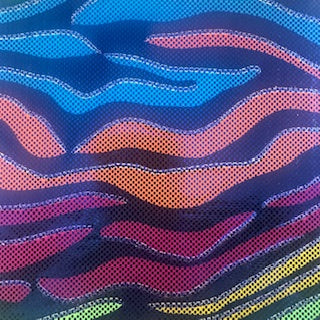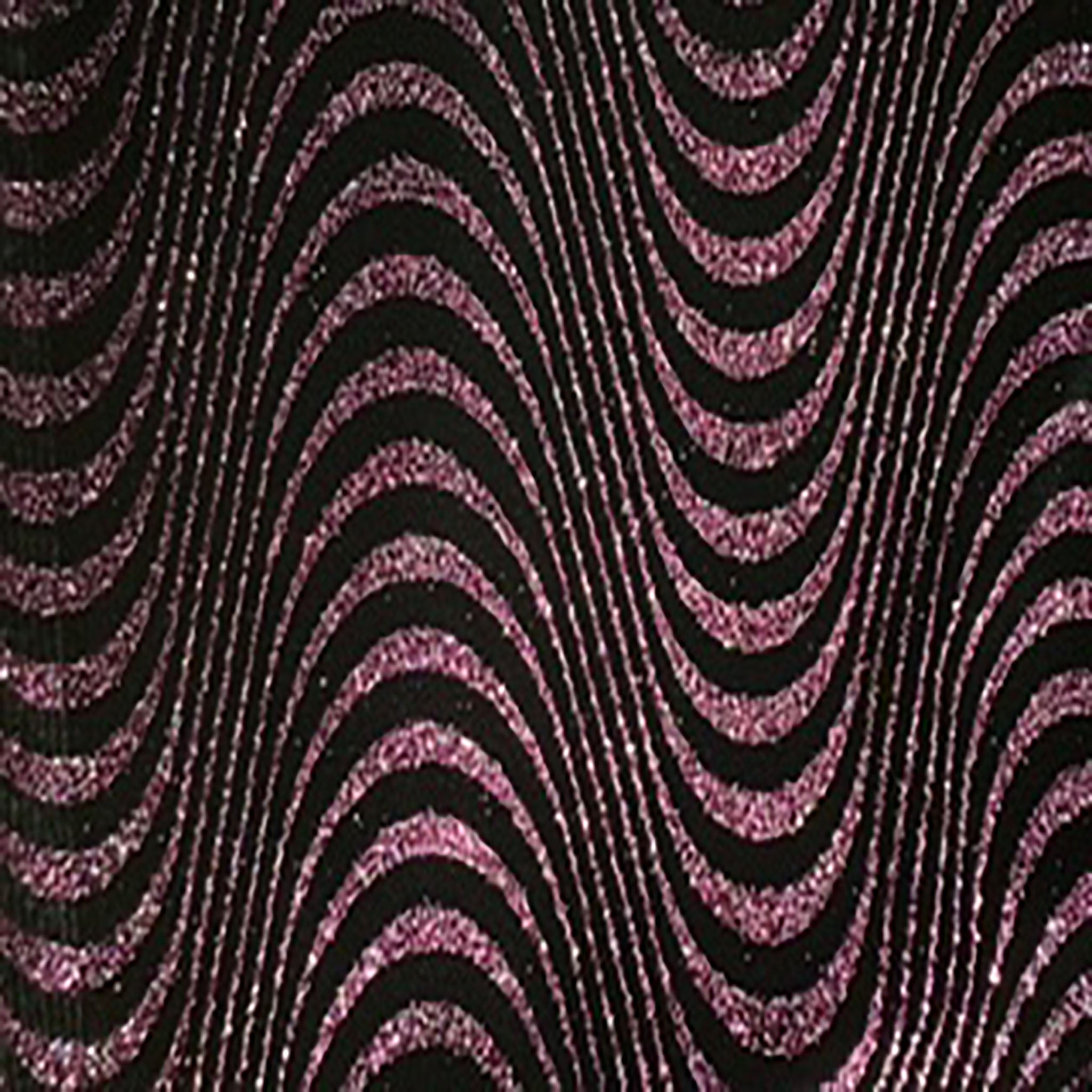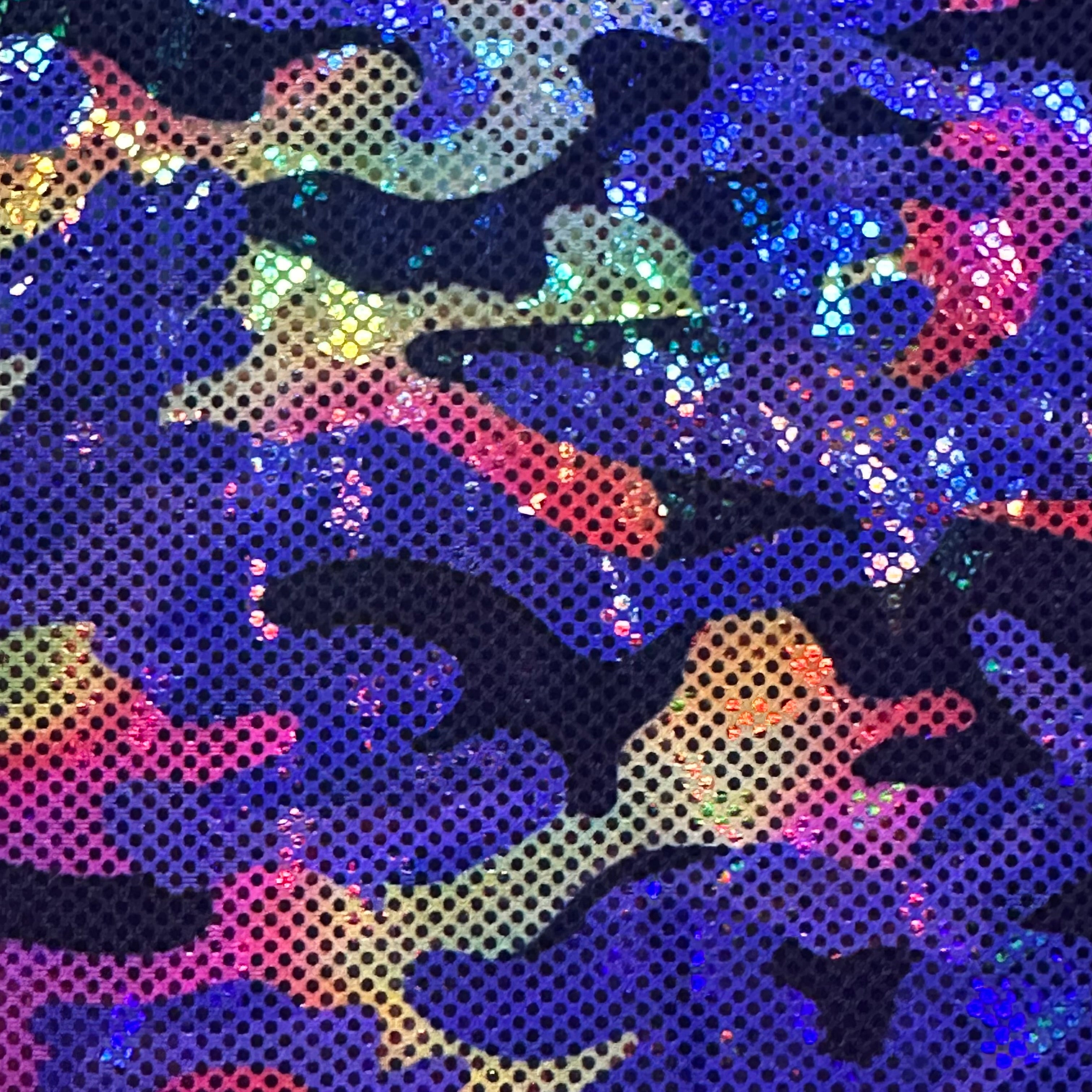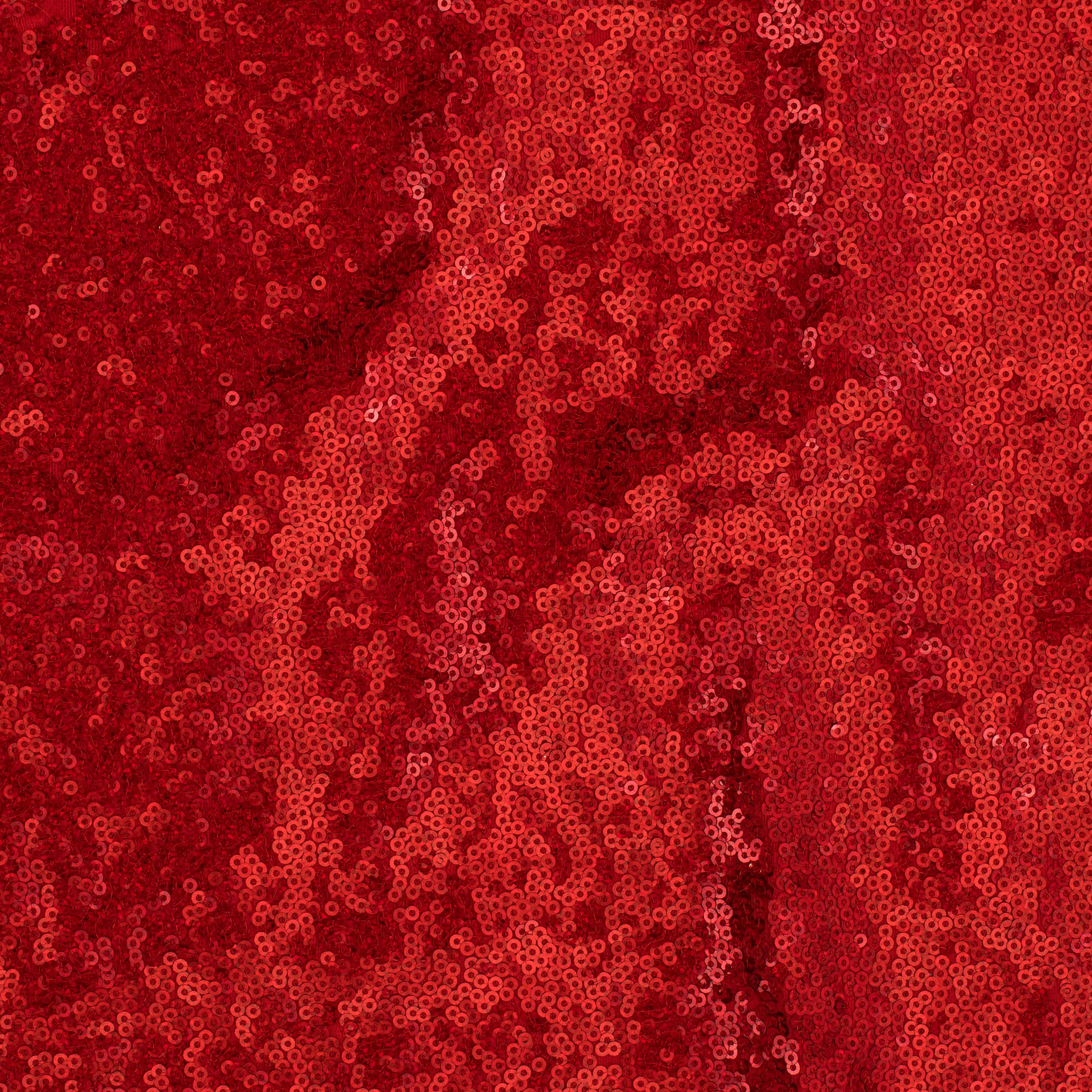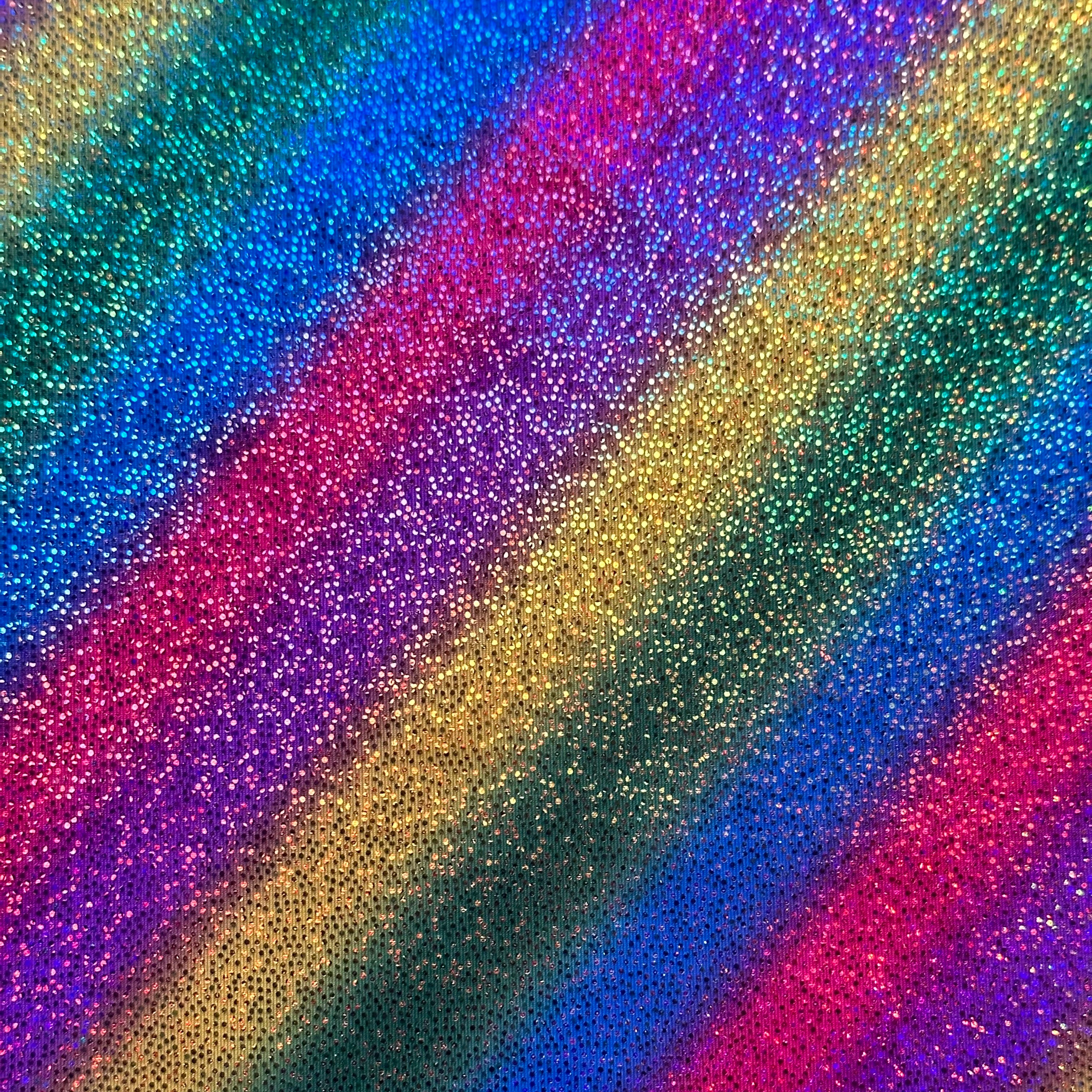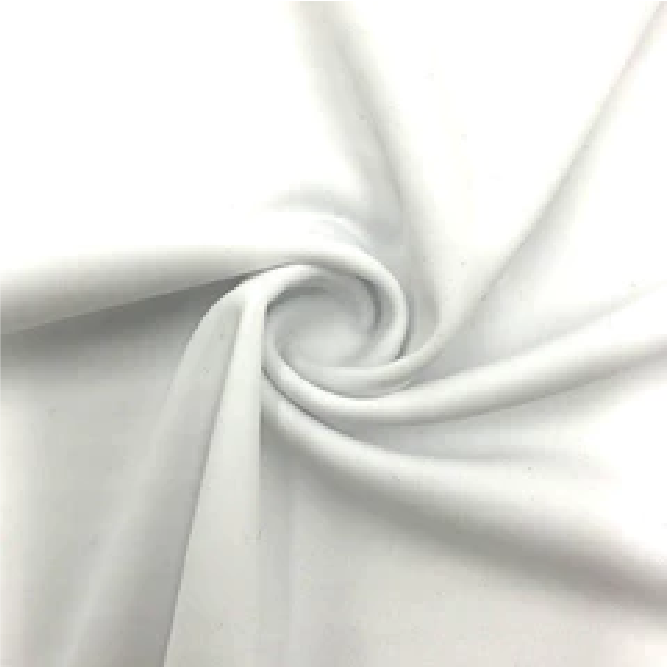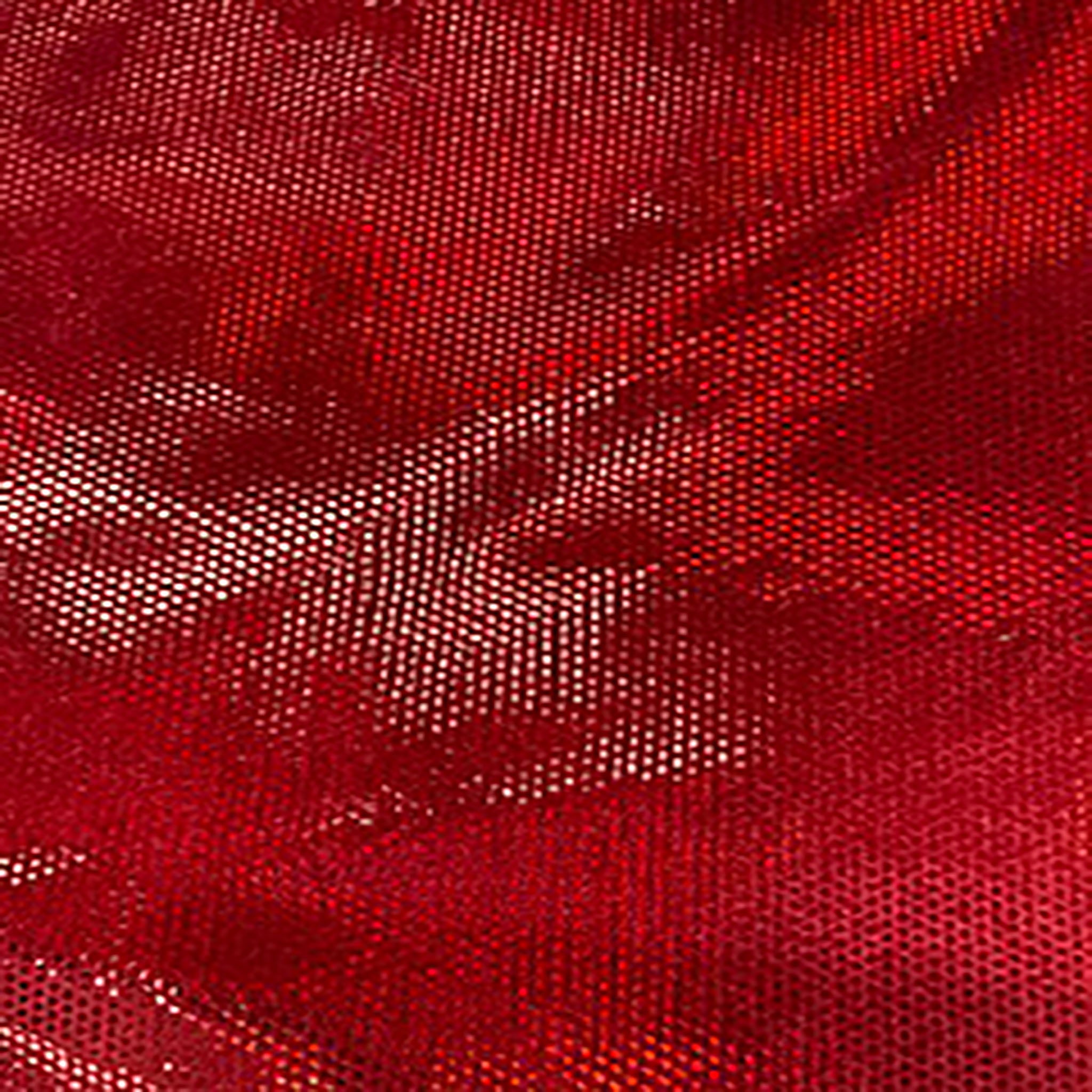Spandex fabric, known for its remarkable stretch and flexibility, has become a staple in various industries, from fashion to sportswear. Among the different types of spandex, nylon and polyester spandex blends are popular choices due to their durability and versatility. However, like any material, they come with their own set of disadvantages that consumers and creators should be aware of. In this blog, we will delve into one significant disadvantage of nylon or polyester spandex fabric and how it can impact your clothing choices.
The Disadvantage: Moisture Retention
One of the most notable drawbacks of nylon and polyester spandex fabric is their tendency to retain moisture. While these fabrics excel in many areas, such as stretchiness, durability, and resistance to wrinkles, their moisture-retaining property can be a significant concern, especially in specific applications.
Here's why moisture retention can be a problem:
-
Breathability: Nylon and polyester spandex blends are not as breathable as natural fibers like cotton or linen. This means that when you wear clothing made from these materials, sweat and moisture can get trapped against your skin. This can lead to discomfort, especially during hot and humid weather.
-
Odor: Moisture retention can also contribute to the development of unpleasant odors. Bacteria thrive in moist environments, and when they mix with sweat, it can result in clothing that smells less than fresh, even after washing.
-
Skin Irritation: For individuals with sensitive skin, the moisture trapped by nylon or polyester spandex fabric can lead to skin irritation, itching, or chafing. This is particularly problematic for activewear, where comfort during physical activities is crucial.
-
Extended Drying Time: Clothing made from nylon or polyester spandex may take longer to dry after washing due to their moisture-retaining properties. This can be an inconvenience, especially for those who prefer quick turnaround times for their laundry.
Mitigating the Disadvantage
While moisture retention is a disadvantage of nylon and polyester spandex fabric, it doesn't mean you should avoid these materials altogether. There are ways to mitigate this issue:
-
Choose Wisely: Select clothing made from nylon or polyester spandex blends for activities where moisture retention is less of a concern. For example, they can work well as a base layer in cold weather or for swimwear where moisture is expected.
-
Wicking Technology: Look for spandex fabrics with moisture-wicking technology. These fabrics are designed to pull moisture away from the skin, keeping you drier and more comfortable.
-
Blend with Other Materials: Consider blends that incorporate natural fibers like cotton to improve breathability and reduce moisture retention.
-
Proper Care: Follow care instructions diligently, including washing and drying at the recommended temperatures, to minimize odor and bacteria buildup.




